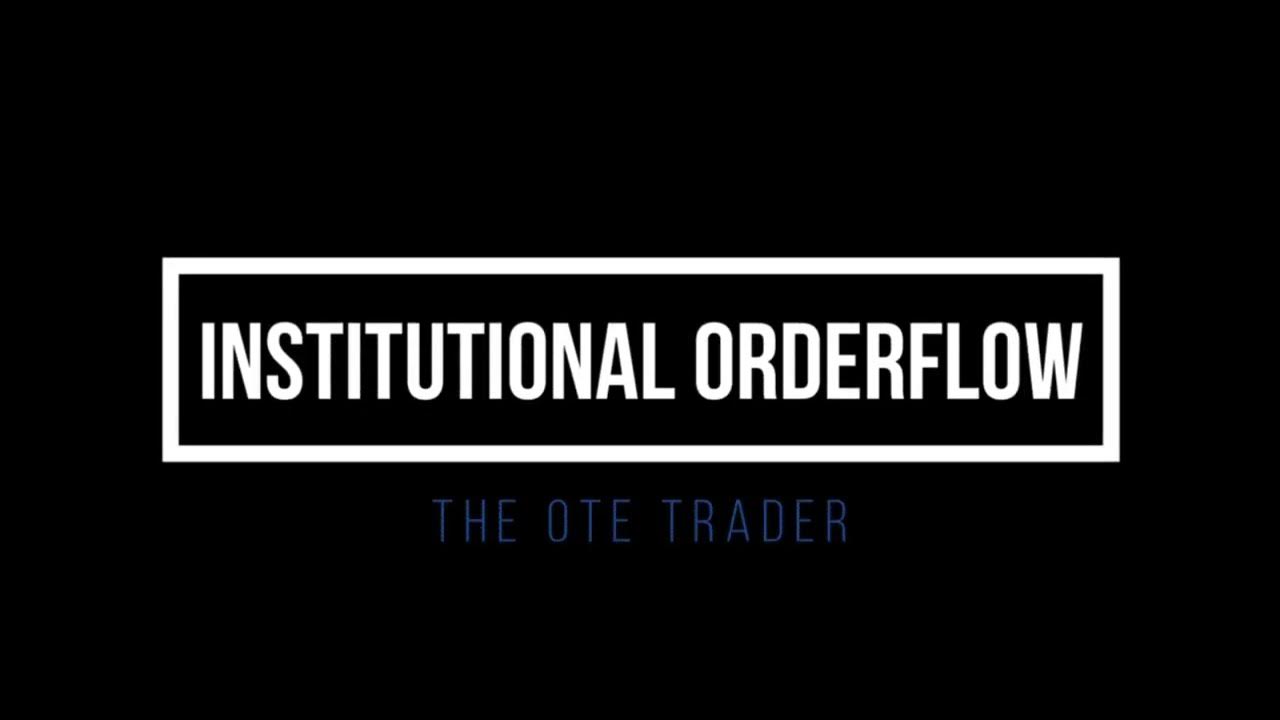How to Indentify Liquidity Day Trading
Summary
TLDRIn this video, the presenter explains liquidity in trading using the analogy of selling physical products like iPhones. Just as you need to find buyers to sell items, liquidity in the market represents areas where buyers and sellers meet. Using a NAS100 chart, the speaker demonstrates how liquidity is tapped as price moves toward these areas. The video explains market structure, resistance levels, and how price grabs liquidity, either moving up or down sharply based on supply and demand. Traders can identify these key areas to anticipate future price movements.
Takeaways
- 😀 Liquidity in trading is similar to selling physical products; sellers need to go to where the buyers are to exchange goods for money.
- 😀 An area of liquidity in the market is where there is a concentration of buyers or sellers, allowing for transactions to occur smoothly.
- 😀 When the price of assets like US 30 or EUR/USD rises significantly, it often means the market has reached an area where liquidity is concentrated.
- 😀 Price moves towards areas of liquidity to 'grab' or satisfy the orders before continuing its movement in the opposite direction.
- 😀 In the provided example of NAS 100 on a daily timeframe, price moved down after reaching a high liquidity area, grabbed the liquidity, and then reversed.
- 😀 Liquidity can be observed in market movements, such as large wicks or price action near certain price levels, where the market is tapping liquidity.
- 😀 Once liquidity in a given area is satisfied, the price often starts to reverse and move towards the next available liquidity zone.
- 😀 A break in market structure, where price fails to reach previous high points or lows, can signal liquidity being absorbed and price continuing in the opposite direction.
- 😀 Price movement towards areas of liquidity typically involves overcoming market resistance, which can be seen in sharp price movements once liquidity is satisfied.
- 😀 If the market has low resistance in a given direction (like after liquidity has been balanced), price can move very quickly in that direction without significant interruptions.
Q & A
What is the main concept of liquidity explained in the video?
-Liquidity in the video is explained as the presence of buyers and sellers in a market. Just like you need to find buyers to sell a thousand iPhones, in trading, price moves towards areas with high concentrations of buy or sell orders, which is where liquidity exists.
How does the speaker relate liquidity to the concept of selling iPhones?
-The speaker uses the analogy of selling iPhones to explain liquidity. If you have a thousand iPhones to sell, you need to find the buyers. Similarly, in trading, price moves towards areas where there is a concentration of buying or selling orders, representing liquidity.
What role do liquidity zones play in price movement?
-Liquidity zones play a key role in determining the direction of price movement. When price reaches a liquidity zone, it 'grabs' the orders there, and depending on whether the liquidity is satisfied or not, the price may reverse or continue its move.
What did the speaker demonstrate with the Nas100 chart?
-The speaker demonstrated how price on the Nas100 chart moves toward liquidity zones, showing how it taps into areas of liquidity and either reverses or continues its movement based on whether that liquidity is satisfied.
How does market structure influence price movement?
-Market structure, such as highs and lows, influences price movement by creating resistance. Areas with strong resistance (many previous price levels) cause slower, erratic movements, while areas with weak resistance (fewer levels) allow for smoother, faster movements.
What is the significance of the wick mentioned in the Nas100 example?
-The wick in the Nas100 example represents a price move that tapped into liquidity in a particular area. It shows where price grabbed liquidity before continuing in its direction, either up or down.
What does the speaker mean by 'satisfied liquidity'?
-'Satisfied liquidity' refers to a point where price has reached a liquidity zone and absorbed the buying or selling orders there. Once this happens, price may reverse direction or stabilize as the liquidity needs have been met.
Why is it important to identify low-resistance areas in trading?
-Identifying low-resistance areas is important because these zones allow price to move more freely without being slowed down by previous market structure. Price can move more quickly and smoothly in these areas, providing better trading opportunities.
What impact do stop-loss orders and breakout traders have on liquidity?
-Stop-loss orders and breakout traders contribute to liquidity by creating additional buy or sell orders at key price levels. For example, stop-loss orders on buy positions act as sell orders, and breakout traders contribute by placing entry orders at significant market levels.
Why did the price in the Nas100 chart move so aggressively after reaching a certain point?
-The price moved aggressively after reaching a certain point because it entered a low-resistance area where there were fewer market structure levels to slow it down. With little resistance, price was able to move quickly, either up or down, after satisfying liquidity in the previous zones.
Outlines

このセクションは有料ユーザー限定です。 アクセスするには、アップグレードをお願いします。
今すぐアップグレードMindmap

このセクションは有料ユーザー限定です。 アクセスするには、アップグレードをお願いします。
今すぐアップグレードKeywords

このセクションは有料ユーザー限定です。 アクセスするには、アップグレードをお願いします。
今すぐアップグレードHighlights

このセクションは有料ユーザー限定です。 アクセスするには、アップグレードをお願いします。
今すぐアップグレードTranscripts

このセクションは有料ユーザー限定です。 アクセスするには、アップグレードをお願いします。
今すぐアップグレード関連動画をさらに表示

The OTE Trader - Institutional Orderflow Educational Video - [Inner Circle Trader] Concepts

Liquidity Trading strategy - Smart money concepts

Master Liquidity Concepts (Mechanical Strategy)

LOW RESISTANCE LIQUIDITY RUN VS HIGH RESISTANCE LIQUIDITY RUN

How to Trade Liquidity on the 5 Minute Chart Day Trading Strategy

28 Risco de Liquidez
5.0 / 5 (0 votes)
